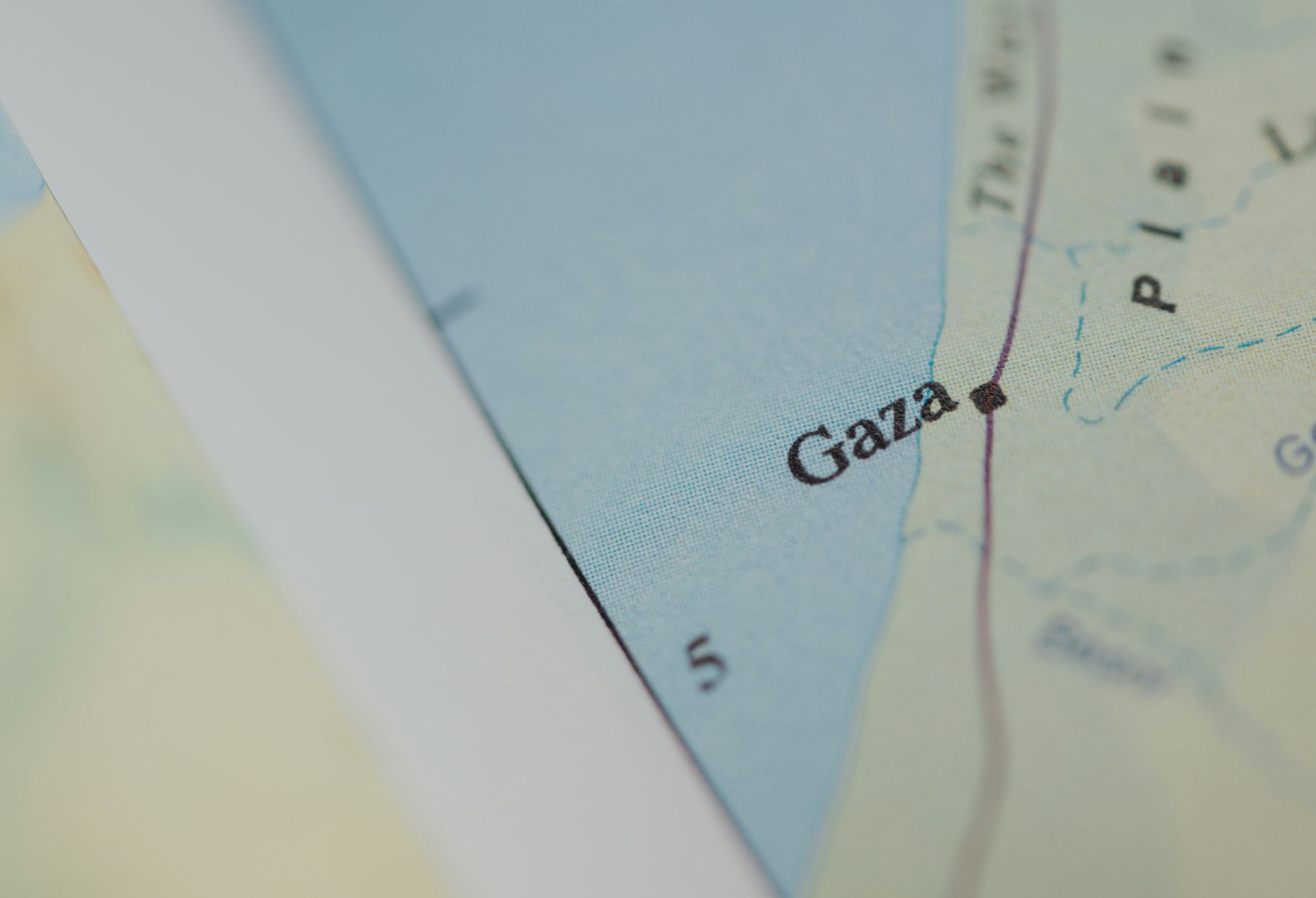Strategic continuity and change after 7 October 2023
7th Aug 2024 by Jacob Eriksson

This post is part of a series of interventions drawn from contributions to a SEPAD (non)workshop on the regional and international implications of the Gaza conflict. A full report comprised of all these posts will follow in due course.
According to Israeli author and journalist Ari Shavit, the Hamas terrorist attacks on 7 October 2023 constituted an ‘historical turning point’. Others have referred to it in similar terms using any number of other synonyms such as a ‘critical juncture’. The human tragedy has been immense and overwhelming. For the families, communities, and extended networks of those dead, wounded, displaced or otherwise directly affected, there can be little doubt that their lives will never be the same again, irreversibly altered by grief and upheaval. On a more strategic and systemic level, however, the claim of extensive change becomes far less clear and compelling. Most of the components of the strategic landscape, such as the Israeli-Palestinian conflict and the ongoing regional struggle between Israel and the US on one hand and Iran and the regional muqawama factions on the other, have not fundamentally changed.
7 October was the deadliest day for the Jewish people since the Holocaust, and the death toll of Palestinian civilians and the destruction of Gazan infrastructure is unprecedented in the many decades of conflict. This is an extreme amplification of a trend of rising violence, but it fits within the broader paradigm of conflict that remains a struggle between competing national movements. To be clear, this is not to underestimate the psychological impact of the 7 October attack on Israelis, but merely to note that it has galvanised existential fears that were already widespread. Although Hamas’ capabilities will be severely diminished, the Israeli notion that they could definitively destroy the organisation is illusory. Moreover, Palestinian Islamist resistance will not die with a diminished Hamas, just as Israel’s successive rounds of targeted assassinations of Hamas leaders have not yielded long term strategic gains. Without a political solution to the conflict, Israel is likely to continue to face security threats of some form or another from Gaza and appears committed to a longer term military occupation there potentially similar to that in the West Bank.
Diplomatic initiatives such as the Abraham Accords were a significant strategic shift in the region, but the prospect of normalisation between Israel and Saudi Arabia has been tempered by the fallout of the war. This process is further complicated by potentially the most significant political outcome of the war to date, namely the passing of a bill in the Knesset which rejects the concept of a Palestinian state. It demonstrates how the Hamas attack has solidified this conviction even among many centrist Israelis, but this has long been a relatively consistent position of multiple Israeli governments. Absent a robust regional or international response this does not significantly alter the strategic environment, apart from (at least temporarily) impeding further progress on Israel’s strategy of expanded regional normalisation.
Along Israel’s northern border with Lebanon, the incrementally escalating conflict with Hizb’allah has also taken a human toll with death and displacement on both sides, albeit dwarfed by the scale of the war in the south. Although there is significant concern that this could escalate into a regional or international conflict that draws in Iran and the USA, both Israel and Hizb’allah have sought to establish deterrence through limited missile and rocket attacks and threats. Neither party appears to want a larger conflagration and seem content with a series of tit-for-tat strikes within the existing unwritten rules of engagement that underpin this conflict. Iran and the US, the respective allies of each side, have reportedly played a restraining influence in these exchanges. Other branches of the muqawama such as the Houthis in Yemen have exchanged direct strikes with Israel, opening yet another front in the war, while Iraqi Shia militia have attacked US interests in Iraq and Jordan. The Houthis have also taken steps such as opening an office in Baghdad to deepen cooperation and ties with muqawama factions there to emphasise their shared commitment to the ‘principle of Unity of Arenas’.
For years, Israel and Iran have engaged in what might be described as a ‘shadow war’. Israel has struck a wide variety of Iranian targets, from affiliated militia groups to nuclear scientists, but without officially claiming responsibility for strikes on Iranian soil. Iran, meanwhile, has tended to respond through attacks by its regional affiliates. Following the April 2024 Israeli strike on the Iranian consulate in Damascus which killed multiple IRGC military staff, the two exchanged direct attacks for the first time ever. An extensive Iranian barrage of missiles and drones launched towards Israel was largely intercepted before causing extensive damage, while Israel responded by destroying a military base in western Iran. While the exchange itself was unprecedented, both actions were carefully calibrated in their own ways to avoid a wider war, with the Iranian action telegraphed to make interception possible and the Israeli strike relatively limited.
There should be no doubt that these developments are deeply concerning and pose a serious risk of escalation and miscalculation, with a number of regional stakeholders taking unprecedented actions. Reports from Israel suggest that some see an all-out war with Hizb’allah as almost inevitable, which would create substantial strategic shifts if Israel pursues unachievable, maximalist goals in Lebanon the way they have in Gaza. At the time of writing, the rocket attack on a football pitch in Majdal Shams in the Israeli-occupied Golan Heights which killed 12 children is severely testing the existing rules of the game, with concerns about the nature and scale of any Israeli response. Actions to date, however, have not fundamentally altered the wider strategic landscape of the region. The nature of the conflicts involved and their major faultlines have not changed, with the main protagonists facing the same strategic challenges. Israelis and Palestinians still maintain rival claims to the same territory and their preferences for the future remain fundamentally at odds. Israel continues to understand Iran and the expansion of its influence as an existential threat, while Iran’s ‘forward defence’ strategy aimed at confronting adversaries in theatres of war elsewhere in the region rather than on Iranian soil remains. Indeed, even the increased activity of additional muqawama factions in Iraq and Yemen could be seen as a way of preserving the existing rules of the game by enabling militarised responses to Israel without risking an irreversible escalation involving Hizb’allah. However unsatisfactory the current strategic picture might be, it seems preferable to an all-out regional and international war. Any concerted changes should first and foremost focus on urgently addressing the Israeli-Palestinian conflict, which is after all where this latest tragic chapter began.
